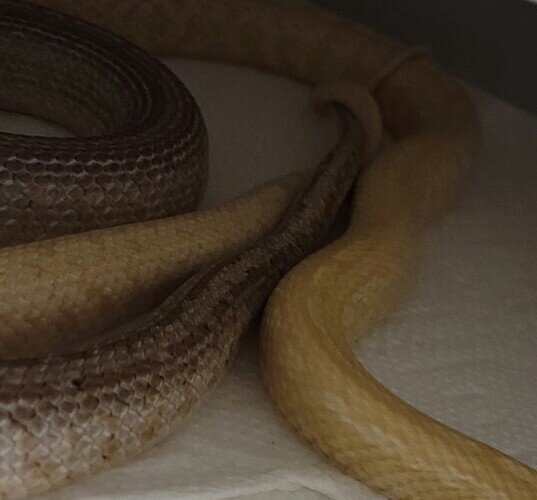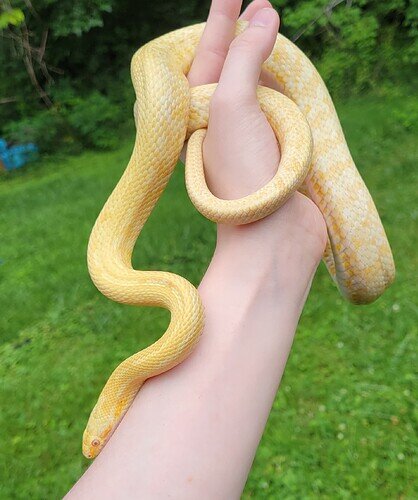I feel silly asking these questions bc I did so much research before hand, but things aren’t going as expected so I’m curious.
One pair came out of Brumation with no issues, both are young and have not bred before. The other pair was not brumated and has an inexperienced male but a proven breeder female.
—Here’s how it’s going so far–
Pair 1: This male is not showing as much interest or effort and was not brumated. He’s curious, but hasn’t gone for it and sits away from her, I’m thinking he just isn’t ready. The female for this pair is a proven breeder, I also did not brumate her but she has never been brumated before and bred fine her last time. Not really expecting them to go this year but was hoping none the less.
Pair 2: This pair WAS brumated and did well during it. The male is very interested (he smelled the female on me the other day and got too “excited” even) so he hasn’t lost interest in her yet. They started out with high energy. The twitching was intense when they were introduced the first few times ( I did watch and check on them periodically to make sure they were ok, it was intense movements but no fighting or biting).
They are on break while I observe her, since she refused her meal the last offering (I am going to try something smaller. She’s never refused before so I’m worried). Out of curiosity due to how “aggressive” their twitching was the first few I introductions, is there a chance she got hurt during that and the chase? I did a health check (inside of mouth included) and she seems perfectly fine, but I want to be sure.
First few pairings for them was on Aspen so it was hard to see anything against it if there WAS breeding proof left over. My bad on that front ![]() .
.
How many pairing sessions or locks do you observe before you stop pairing. When do you know that they are not interested this year and to discontinue pairing them?
I’m wondering if
- I messed up somewhere and it’s caused loss of interest
- I already missed the window
- If maybe I just missed a copulation with the interested pair an that’s why things have changed with them
- OR if the excited pair are simply not ready and I’ll need to try again next year and hope for the best.
Thank you to anyone who responds!


